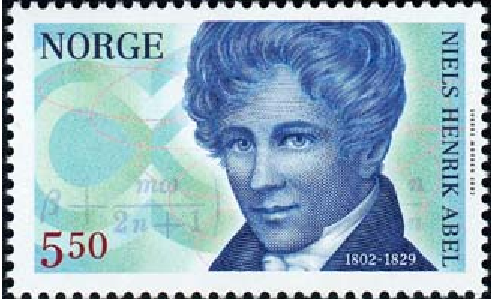Theorem 11.2.1. A Monoid Theorem.
If \(a\text{,}\) \(b\) are elements of \(M\) and \(a * b = b * a\text{,}\) then \((a * b) * (a * b) = (a * a) * (b * b)\text{.}\)

| \(\circ \) | \(y_1 \) | \(y_2 \) | \(y_3 \) | \(y_4 \) | \(y_5 \) | \(y_6 \) |
|---|---|---|---|---|---|---|
| \(y_1 \) | \(y_1 \) | \(y_2 \) | \(y_3 \) | \(y_4 \) | \(y_5 \) | \(y_6 \) |
| \(y_2 \) | \(y_2 \) | \(y_1 \) | \(y_6 \) | \(y_5 \) | \(y_4 \) | \(\quad \) |
| \(y_3 \) | \(y_3 \) | \(y_4 \) | \(\quad \) | \(y_6 \) | \(\quad \) | \(\quad \) |
| \(y_4 \) | \(\quad\) | \(y_3 \) | \(y_2 \) | \(\quad \) | \(\quad \) | \(\quad \) |
| \(y_5 \) | \(\quad \) | \(\quad \) | \(\quad \) | \(\quad \) | \(\quad \) | \(\quad \) |
| \(y_6 \) | \(\quad \) | \(\quad \) | \(\quad \) | \(\quad \) | \(\quad \) | \(\quad \) |